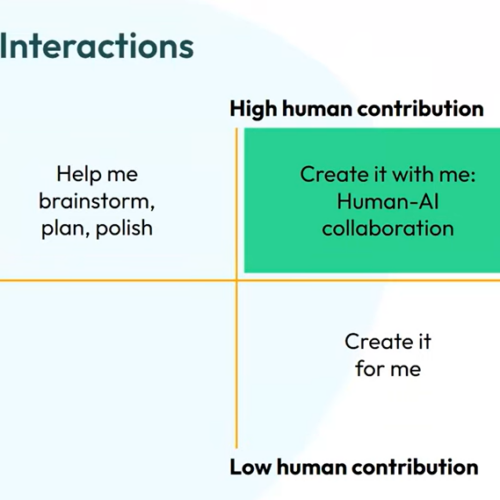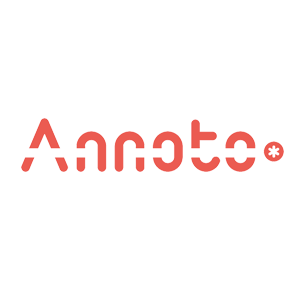
How Instructors Can Use Hypothesis to Implement UDL Principles
“Social annotation tools such as Hypothesis and Voice Thread, when used well, boost student engagement, enhance critical thinking, expand reading comprehension, and increase student interaction,” write Amanda Huron, associate professor of interdisciplinary social sciences at the University of the District of Columbia; Fatma Elshobokshy, director of learning technology at the University of the District of Columbia; and Christian Aguiar, assistant professor of English at the University of the District of Columbia Community College, in a recent Faculty Focus post.
In the post, Huron, Elshobokshy, and Aguiar discuss how Hypothesis in particular allows instructors to employ three key principles of Universal Design for Learning (UDL) to improve student learning. These principles include providing students with multiple means of engagement, opportunities to interact with course content in multiple ways, and options for expressing their knowledge and ideas.
In relation to the first principle mentioned above, for example, instructors can use Hypothesis to give students options in how they engage with reading assignments. Students can use to the app to make annotations that are shared with the rest of the class. This promotes classroom dialogue and encourages students to “think about reading as a social element rather than a private practice,” the authors of the post write.
Hypothesis is also useful when addressing the UDL principle that calls for instructors to provide opportunities for students to interact with course content in multiple ways. The tool allows students to express their responses to material in different ways, annotating with not only text but images, videos, and links. ” This helps students ask each other questions, share their ideas, and collaborate in ways that meet the needs of diverse learners as they tackle the core problems of their disciplines,” the authors write.
Finally, Hypothesis facilitates the third UDL principle of offering options for students to express their knowledge and ideas. Students engage through the tool, annotating course material and building knowledge that they use to create new work such as video, essays, and presentations.
—




